Alright, folks, gather ’round because today we’re diving into the delicious world of empanadas. Imagine a golden, flaky pastry, stuffed to the brim with savory goodness or sweet surprises – it’s like a little hand-held pocket of joy! Originating from the sun-soaked kitchens of Spain and Latin America, empanadas have traveled the globe, charming taste buds everywhere they go.
Whether you’re into the classic beef and onion combo, a cheesy chicken delight, or even a decadent dulce de leche treat, there’s an empanada out there with your name on it. This ultimate guide will walk you through everything you need to know about these versatile wonders – from their rich history and cultural significance to the various ways you can whip them up in your own kitchen.
So, roll up your sleeves and get ready to embark on a culinary adventure that spans continents and flavors. By the end of this guide, you’ll not only know how to make empanadas like a pro, but you’ll also have a newfound appreciation for their role in bringing people together over shared meals and hearty conversations. Ready to get your empanada on? Let’s do this!
What are Empanadas?
An empanada is a pastry filled with a variety of ingredients, folded over into a half-moon shape, and typically baked or fried. The name “empanada” comes from the Spanish verb “empanar,” meaning to wrap or coat in bread. This culinary delight has a long history, with origins tracing back to the Iberian Peninsula. It is believed that empanadas were influenced by the Indian samosa, introduced to Spain and Portugal during the Moorish invasions of the Middle Ages.
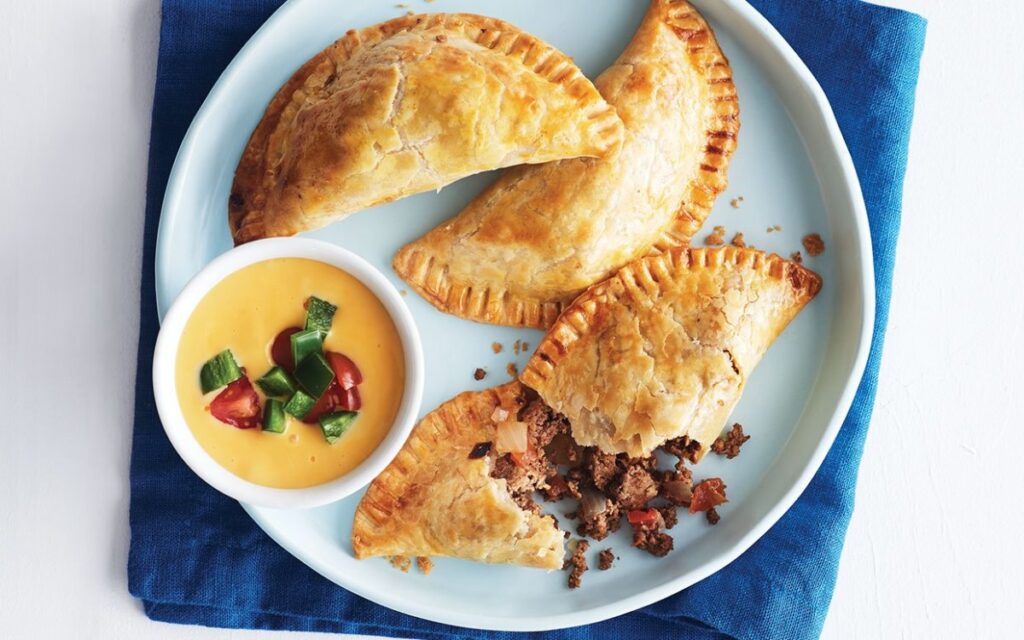
Common Ingredients
The beauty of a classic empanadas lies in their versatility. While the dough is generally made from wheat flour, it can also be crafted from cornmeal or other grains. The fillings vary widely depending on regional and personal preferences but commonly include meats like beef, chicken, or pork, as well as vegetables, cheeses, and sometimes fruits. Spices and seasonings, such as cumin, paprika, and olives, often enhance the flavor profile of these delicious pastries.

History of Empanadas
Understanding the history of empanadas enriches our appreciation of this global culinary staple.
Early Beginnings Empanadas have a rich history dating back to ancient times. They were likely inspired by the practice of encasing food in dough to preserve and transport it. The earliest recorded recipes for empanadas appear in a 1520 cookbook from Catalonia, Spain, which featured empanadas filled with seafood.

Evolution Over Time As empanadas spread from Spain and Portugal to their colonies in Latin America, they evolved to incorporate local ingredients and flavors making empanadas the perfect this on every occasions. The regional variations of empanadas took on unique characteristics, adapting to available ingredients and cultural preferences. This evolution continued as empanadas traveled further, reaching places as far as the Philippines and other parts of Asia.
Types of Empanadas Around the World
Empanadas are a true global phenomenon, with each culture adding its unique twist.
Latin American Variations
Empanadas are a staple in many Latin American countries, each offering distinct flavors and preparations.
Argentine Empanadas
Argentine empanadas are renowned for their diverse fillings, which can include beef, chicken, ham and cheese, and even sweet options like quince paste. The dough is typically flour-based and can be baked or fried. Each province in Argentina boasts its unique empanada style, reflecting the local ingredients and culinary traditions. In the northwest, for example, empanadas often feature potatoes, hard-boiled eggs, and peppers.

Colombian Empanadas
Colombian empanadas are often made with a cornmeal dough, giving them a distinct texture and flavor. They are usually fried and commonly filled with beef or chicken, potatoes, and a blend of spices. These empanadas are a popular street food, often enjoyed with aji, a spicy dipping sauce. In the Andean region, you might find empanadas de pipián, which are filled with a mixture of peanuts and potatoes.
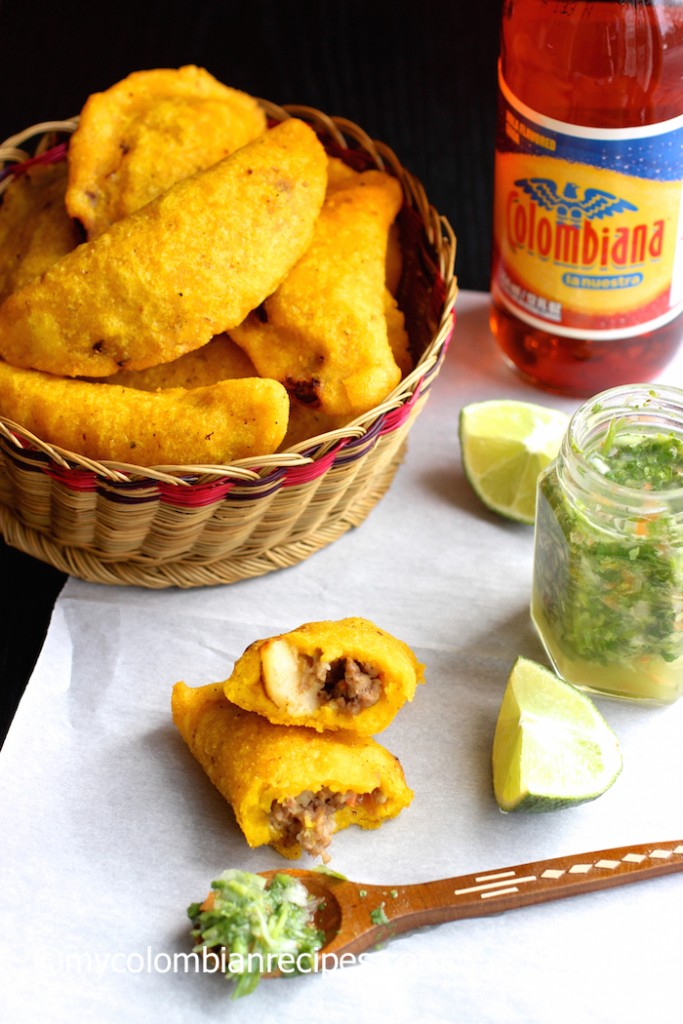
European Variations
Europe has its own rich tradition of empanadas, particularly in Spain.
Spanish Empanadas
Spanish empanadas, particularly those from Galicia, are typically large, pie-like pastries filled with ingredients such as tuna, sardines, chorizo, or chicken, often combined with peppers, onions, and tomatoes. These empanadas are usually baked and served in slices, making them perfect for sharing. In addition to Galician empanadas, other regions in Spain have their variations, such as the small, empanadillas often filled with savory or sweet ingredients.
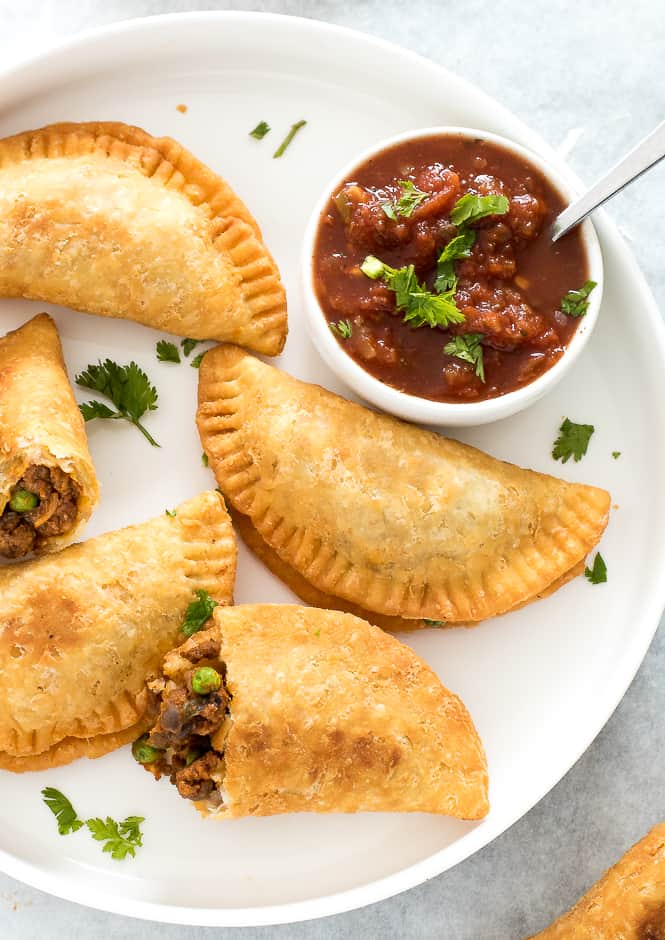
Asian Variations
In Asia, empanadas have been adapted to local tastes and ingredients.
Filipino Empanadas
Filipino empanadas often feature a sweet and savory filling, combining ingredients like ground beef or chicken with raisins, hard-boiled eggs, and a variety of vegetables. The dough is slightly sweet and can be baked or fried, making these empanadas a versatile snack or meal. In the northern Ilocos region, the empanada is made with rice flour and filled with green papaya, mung beans, and sometimes longganisa (local sausage).

Why Empanadas are Popular?
Empanadas have captured the hearts (and stomachs) of people around the world for several reasons.
Cultural Significance of Empanada
Empanadas hold cultural significance in many regions, often associated with festivals, family gatherings, and celebrations. They are a symbol of hospitality and comfort, representing the culinary heritage of their respective cultures. The communal activity of making empanadas together is also a cherished tradition in many families. In some Latin American countries, empanadas are a traditional dish during holidays like Easter and Christmas.
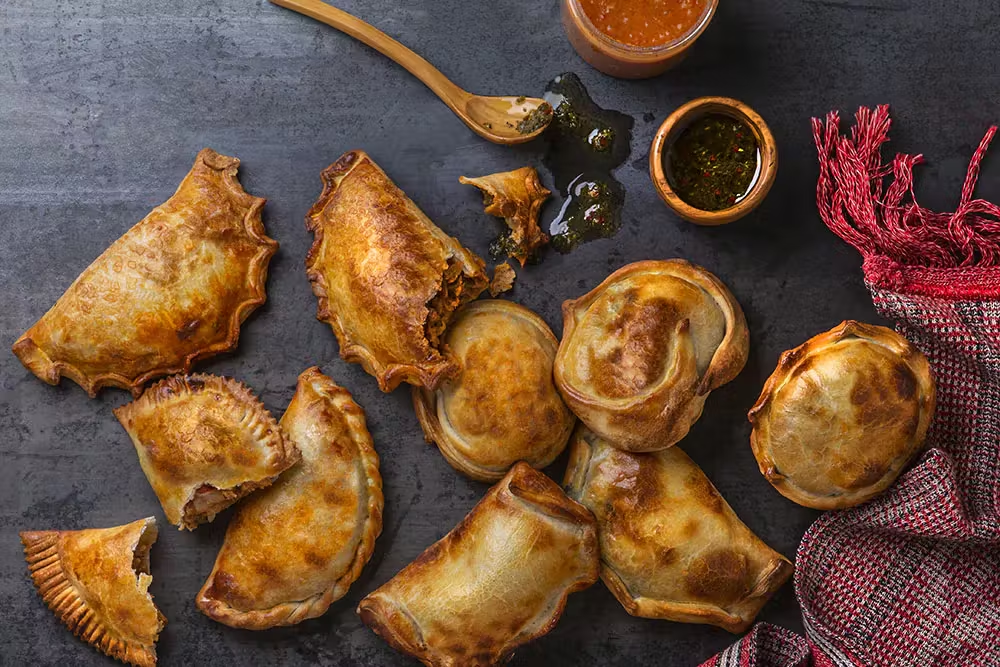
Empanadas Versatility in Cooking
Empanadas are incredibly versatile, both in their fillings and methods of preparation. They can be made with a wide variety of ingredients to suit different tastes and dietary preferences. Whether baked or fried, savory or sweet, empanadas offer endless possibilities for creativity in the kitchen. The versatility in making empanada from scratch makes them suitable for any meal, from breakfast to dinner, and even as a dessert.
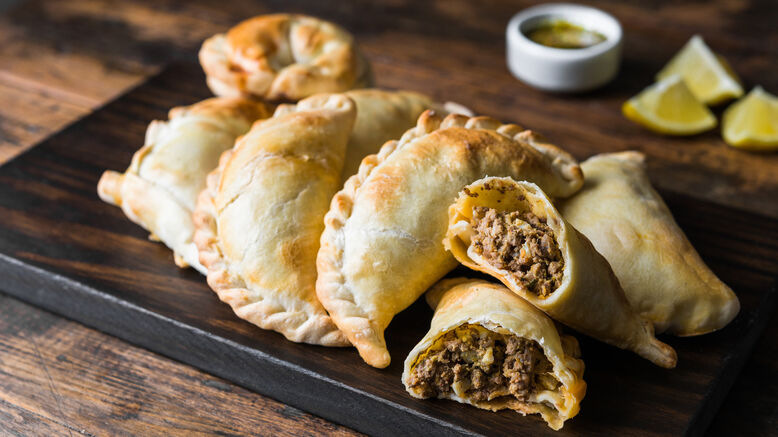
If you’re curious about it, check out our guide on Empanadas: The Ultimate Guide to the beloved dish!
Nutritional Value of Empanadas
While empanadas are undeniably delicious, it’s important to consider their nutritional content.
Caloric Content
The caloric content of empanadas can vary significantly based on their ingredients and preparation method. On average, a meat-filled empanada can range from 200 to 400 calories each.
Baking empanadas instead of frying them can reduce the calorie count and fat content. Using lean meats and incorporating more vegetables can also make them a healthier option.

Health Benefits of Empanada
Despite their often indulgent nature, empanadas can be part of a balanced diet. When made with lean meats, vegetables, and whole-grain dough, they provide a good source of protein, fiber, and essential vitamins and minerals. Additionally, homemade empanadas allow for greater control over ingredients and portion sizes, making it easier to enjoy them as a nutritious meal option. For instance, incorporating ingredients like spinach, sweet potatoes, or beans can boost their nutritional profile.

FAQs
Conclusion
Empanadas are a versatile, delicious, and culturally rich dish enjoyed by people around the world. From their historical roots to their diverse variations and nutritional value, there’s so much to appreciate about empanadas. Whether you prefer them baked or fried, filled with savory meats or sweet fruits, empanadas are a culinary treasure worth exploring. Enjoy making and savoring these delightful pastries, and share the joy of empanadas with friends and family.
Disclosure: Our blog contains affiliate links to products. We may receive a commission for purchases made through these links. However, this does not impact our reviews and comparisons. We try our best to keep things fair and balanced, in order to help you make the best choice for you.



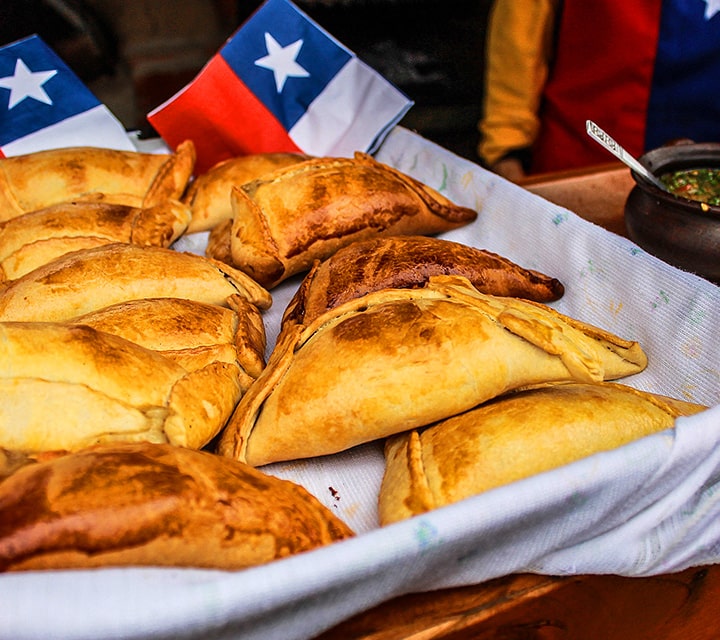


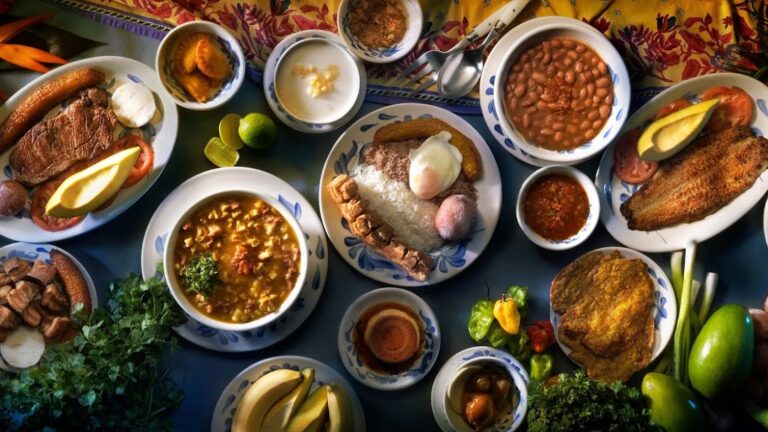
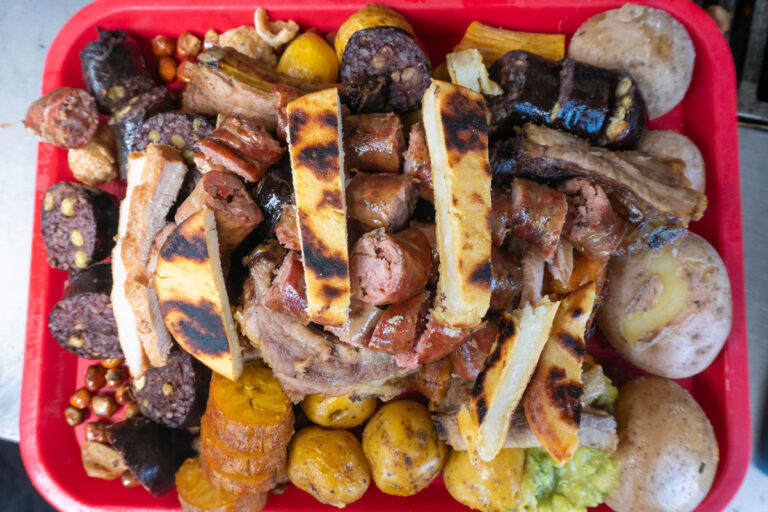
7 Comments